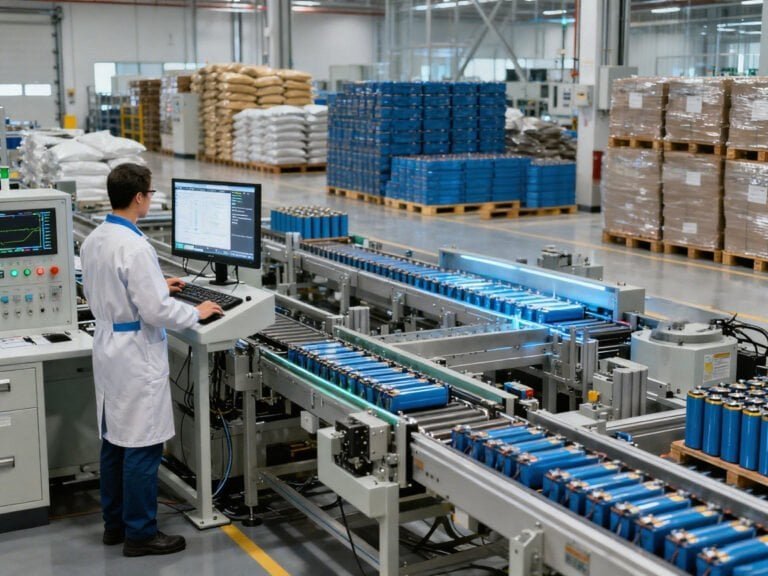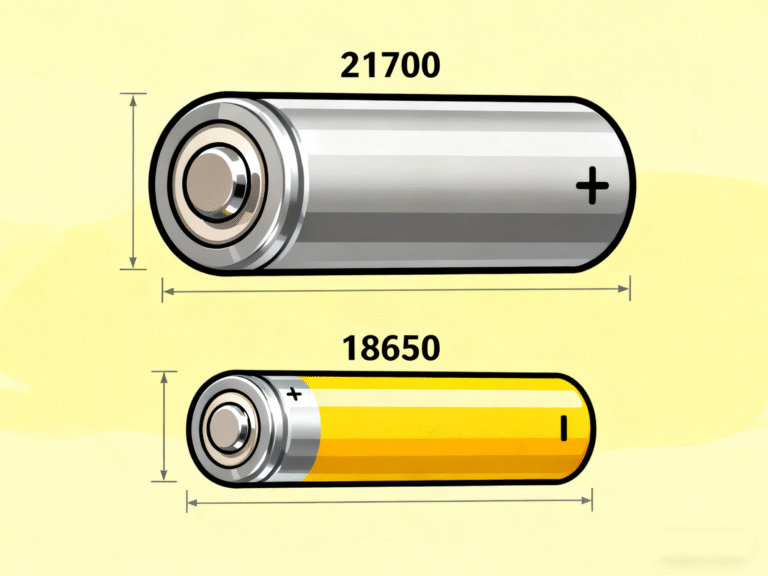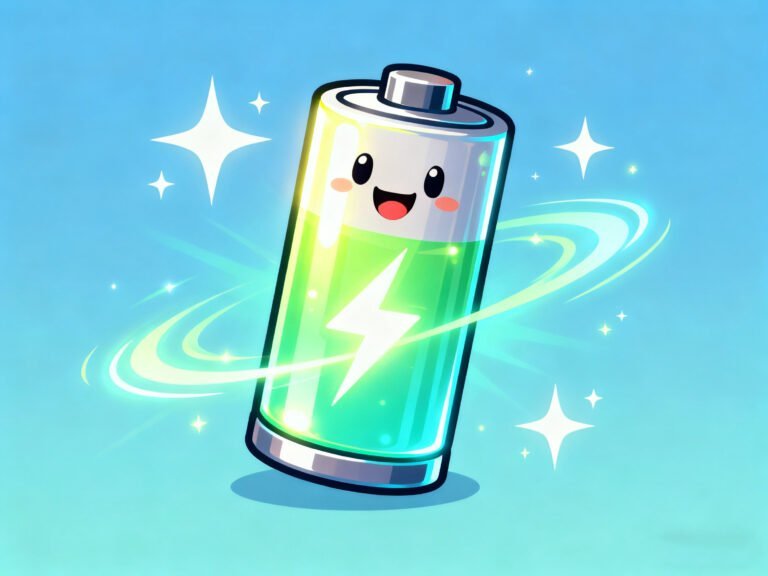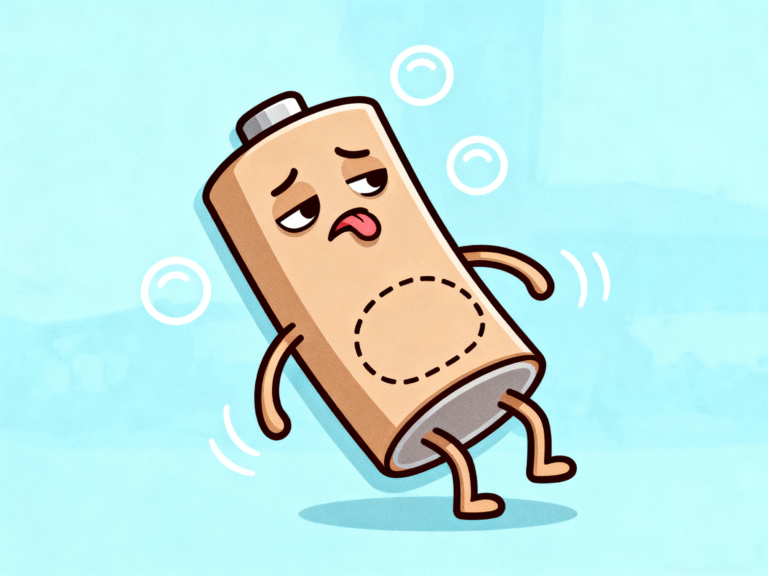In the fast-paced world of construction, woodworking, and home renovation, power tools have become indispensable for professionals and DIY enthusiasts alike. From drills and impact wrenches to saws and sanders, the right tool can significantly boost efficiency, precision, and productivity. But for cordless models, the real powerhouse lies in the battery.
Choosing the right battery for your power tools is more than just checking the voltage on the label — it’s about understanding capacity, chemistry, compatibility, and performance needs. This guide will walk you through the key factors to consider, so you can select a battery that maximizes your tool’s potential, minimizes downtime, and ensures safety on the job.
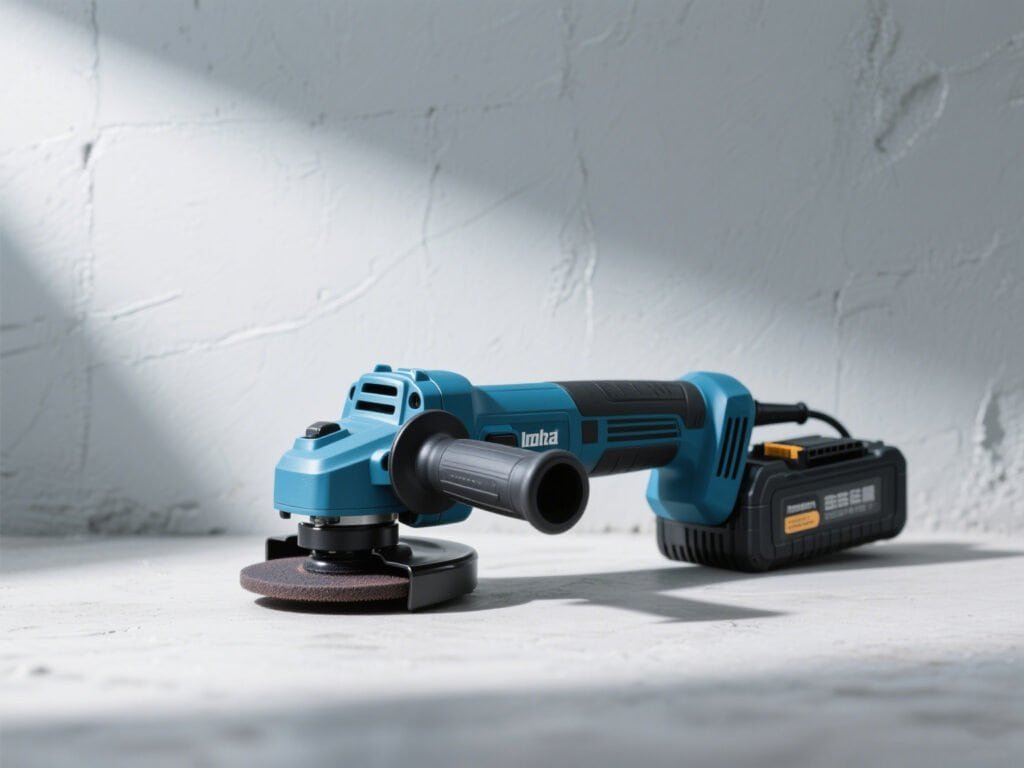
1. Why Battery Choice Matters for Power Tools
A cordless tool’s performance, runtime, and reliability depend almost entirely on its battery. The wrong choice can lead to:
-
Insufficient torque or cutting power
-
Shortened runtime
-
Overheating issues
-
Short battery lifespan
-
Increased downtime from frequent charging
In contrast, the right battery ensures:
-
Consistent, strong performance
-
Long work sessions between charges
-
Lower tool wear
-
Better return on investment
2. Understanding Battery Specifications
a. Voltage (V)
Voltage determines how much power your tool can deliver.
-
12V: Compact, lightweight, suitable for light-duty tasks.
-
18V / 20V: Standard for professional-grade tools; balances power and portability.
-
36V and above: Heavy-duty applications like large saws and hammer drills.
Rule: Always match the battery voltage to the tool’s rating.
b. Capacity (Ampere-Hours, Ah)
Capacity measures how long the battery can run before recharging.
-
2.0Ah–3.0Ah: Light and portable, shorter runtime.
-
4.0Ah–5.0Ah: Balanced choice for most jobs.
-
6.0Ah–9.0Ah: Extended runtime for continuous use.
3. Battery Chemistry Types
Each battery chemistry affects performance, lifespan, and cost.
Lithium-Ion (Li-Ion)
-
Pros: Lightweight, high energy density, no memory effect, fast charging.
-
Cons: Higher cost, sensitive to extreme temperatures.
-
Best For: Most modern professional tools.
Nickel-Metal Hydride (NiMH)
-
Pros: Lower environmental impact than NiCd, decent capacity.
-
Cons: Heavier than Li-Ion, higher self-discharge.
-
Best For: Older tool models.
Nickel-Cadmium (NiCd)
-
Pros: Rugged, can handle high discharge rates.
-
Cons: Heavy, memory effect, contains toxic materials.
-
Best For: Legacy equipment only.
4. Match the Battery to Your Workload
-
Light-duty tasks: Use smaller, lighter batteries (12V, 2.0–3.0Ah) for better handling.
-
Heavy-duty applications: Opt for higher-voltage (18V–36V) and higher-capacity (4.0Ah+) packs.
-
Field work without charging: Multiple high-capacity batteries ensure uninterrupted work.
5. Weight vs. Runtime Balance
While higher capacity offers longer runtime, it also adds weight — which can lead to fatigue in prolonged or overhead work. Strike a balance that suits your usage patterns.
6. Compatibility and Brand Ecosystems
Most brands use proprietary battery systems:
-
Stick to one brand for interchangeability across multiple tools.
-
Check cross-compatibility within a brand’s product line.
-
Avoid low-quality aftermarket batteries that may lack safety protections.
7. Charging Speed and Efficiency
Fast chargers can restore a 5.0Ah Li-Ion battery in under an hour — essential for high-productivity work. Always match the charger to the battery chemistry and voltage.
8. Essential Safety Features
Choose batteries with:
-
Overload protection
-
Overheat protection
-
Over-discharge protection
-
Rugged housing for dust and impact resistance
9. Storage and Maintenance Tips
Proper care extends battery life:
-
Store in a cool, dry place.
-
Avoid leaving fully discharged for long periods.
-
Recharge every few months when not in use.
-
Use only manufacturer-approved chargers.
10. When to Replace Your Power Tool Battery
Replace if:
-
Noticeably reduced runtime.
-
Battery overheats during normal use.
-
Charging takes unusually long or never reaches full.
-
Visible swelling or casing damage.
11. Cost vs. Long-Term Value
High-quality batteries may cost more initially but:
-
Offer better performance
-
Last longer
-
Reduce downtime and replacement costs
Cheap, uncertified batteries might fail early or pose safety hazards.
12. Yi Zhan– Professional Battery Solutions for Power Tools
Dongguan Yizhan Electronics Technology Co., Ltd. has over 12 years of battery manufacturing expertise, specializing in Li-Ion battery packs for power tools, e-bikes, AGVs, and other demanding applications.
Why choose Yi Zhan batteries for power tools:
-
Advanced Li-Ion cells for stable, high-output performance
-
Smart BMS (Battery Management System) for comprehensive protection
-
Rugged construction for tough jobsite conditions
-
Customizable voltage and capacity options
-
Compliance with IEC, UL, and CE standards
13. Quick Checklist for Choosing a Power Tool Battery
-
Match voltage to your tool.
-
Select capacity based on runtime needs.
-
Choose Li-Ion for best performance.
-
Balance weight with usage comfort.
-
Check brand compatibility.
-
Ensure safety features are included.
-
Invest in quality for long-term value.

